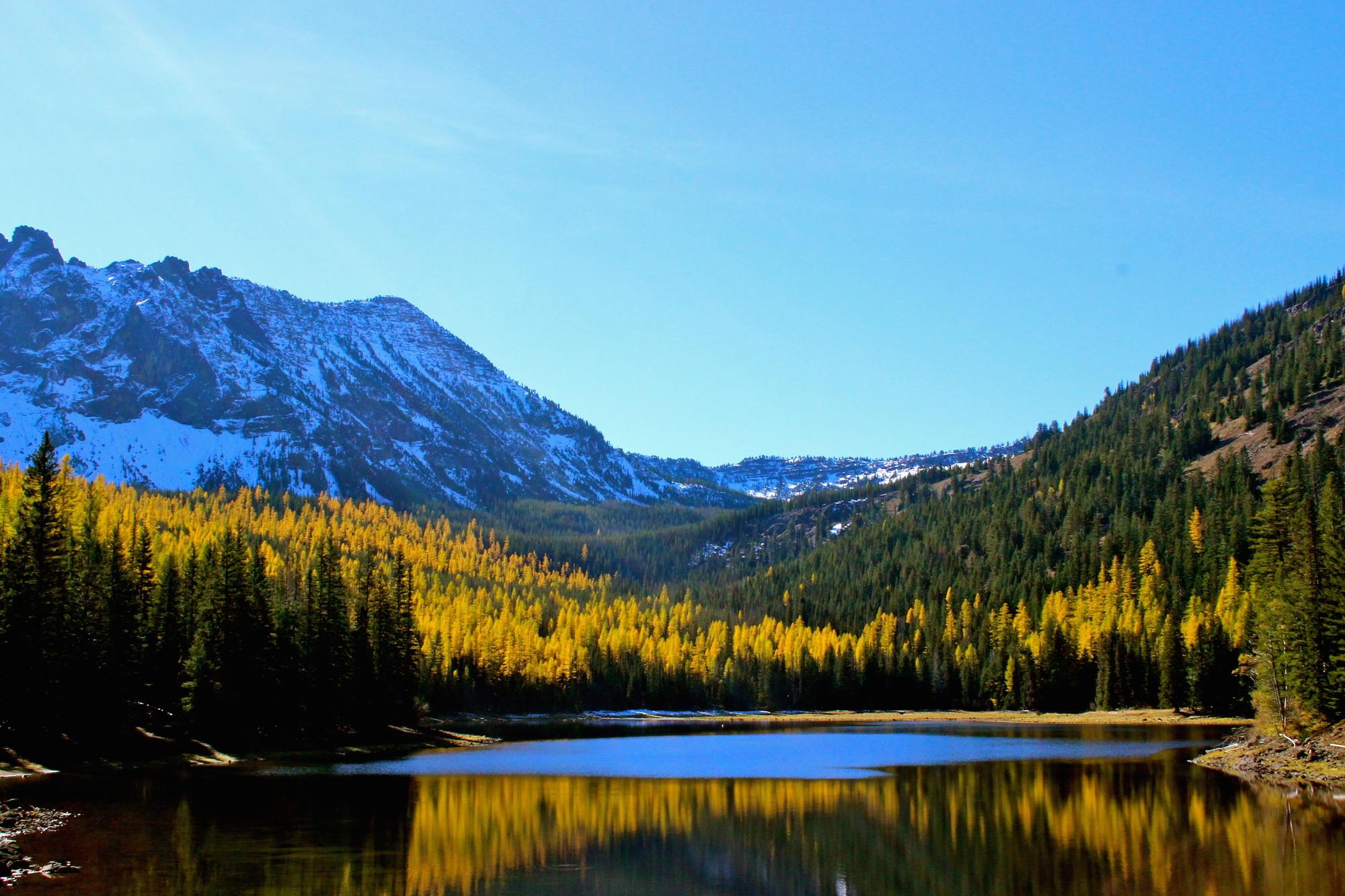The Fire Program uses outreach, education, and engagement to foster fire-adapted communities and resilient landscapes to wildfire through place-based partnerships. A team of six wildland fire specialists help seek regionally relevant solutions that make sense in the diverse ecological and social contexts of their areas.
Broad program goals:
- Resilient Communities and Effective Organizations: where whole communities have the capacity, resources, and tools they need to cope with and adapt to stress and disturbance while maintaining key functions and values.
- Cultures of Adaptation: where locally adapted solutions support people’s values and ecosystem health and ongoing engagement, learning, and relationships among people, place, and fire support desired fire cultures.
- Fire-adapted ecosystems: where appropriate patterns of wildfire occur and support key functions and processes in a diversity of ecosystems.










